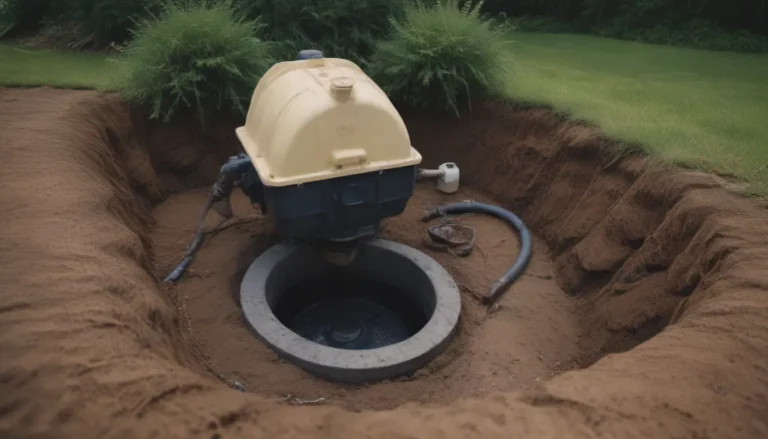Everything You Need to Know About Firewood: From Measuring to Storing

Whether you’re snuggled up by a cozy fireplace or enjoying the crackling warmth of a wood-burning stove, burning firewood adds a touch of comfort and ambiance to any space. Not to mention, it can also help reduce your overall heating costs, depending on the availability and costs of firewood in your area. But before you get started on your next firewood purchase, it’s essential to understand how to measure and store firewood properly.
Understanding Firewood Measurements
What Is a Cord of Firewood?
When it comes to firewood, a cord is the standard unit of measurement. To determine the amount of firewood in a cord, stack the wood as tightly as possible with the pieces running parallel to one another. This stacking method, also known as a running cord, typically consists of 600 to 800 pieces of firewood. In the United States, a cord is defined as a volume of 128 cubic feet, equivalent to a stack that is 4 feet wide, 4 feet high, and 8 feet long. However, it’s important to note that cord size regulations may vary from state to state, so it’s always a good idea to confirm the local standards before making a purchase.
Other Firewood Measurements
While a full cord is the most common measurement, there are several other terms used to quantify firewood:
- Face cord or rick cord: A stack of wood that is typically 4 feet high and 8 feet long but with varying widths.
- Sheldon cord: A measurement of firewood that is 4 feet wide, 15 inches high, and 8 feet long.
- Bush and stove cord: A smaller quantity of firewood often used for cooking or small fires.
- Half cord or one-third cord: Half or one-third of a full cord of firewood.
- Truckload of wood: A quantity of firewood that fills up the bed of a standard pickup truck.
Tips for Storing Firewood
If you’ve recently purchased firewood that has already been split and dried, storing it is as simple as stacking it in a convenient location. However, if you’ve acquired green or wet firewood that has not been split, there are a few additional steps you’ll need to follow:
-
Split the Wood: Before storing, make sure to split the firewood into manageable pieces for easier handling and burning.
-
Choose the Right Location: Find a spot with good airflow to stack the firewood for optimal drying. Avoid stacking wood between trees, as this can lead to instability and potential pile collapse.
-
Stacking Methods: The efficiency of the drying process depends on how you stack the wood. Begin by elevating the stack off the ground using logs, bricks, or pallets. For single-row stacking, use stakes at each end for support. If stacking multiple rows, leave space between them for proper air circulation.
-
Organize by Dryness: To ensure a steady supply of dry firewood, stack the driest wood on top for easy access. Remember to use the oldest wood in your pile first to prevent rotting.
-
Cover the Pile: Cover only the top of the pile with a tarp or other covering to protect it from the elements while still allowing air circulation. This will help maintain the wood’s dryness and quality.
-
Firewood Racks and Holders: Consider investing in firewood racks or holders for indoor or outdoor use to keep your firewood organized and accessible. When storing firewood indoors, limit it to only a day or two’s worth to prevent pests, dirt, and excess humidity in your home.
In conclusion, understanding the measurement and storage of firewood is essential for maintaining a reliable source of heat and ambiance in your home. By following these tips and guidelines, you can ensure that your firewood is properly stored, dry, and ready for use whenever you need it. So go ahead, light up the fire, and enjoy the warmth and comfort that firewood brings to your living space!





